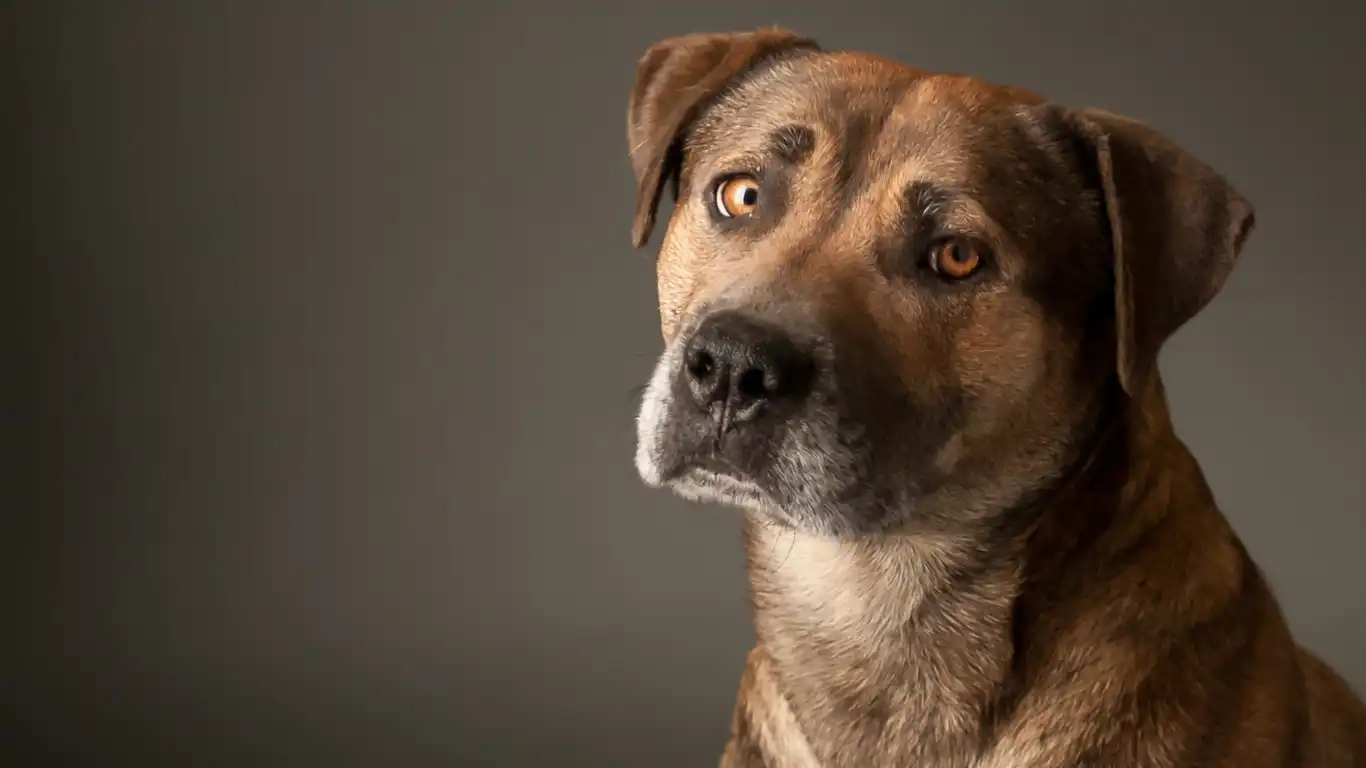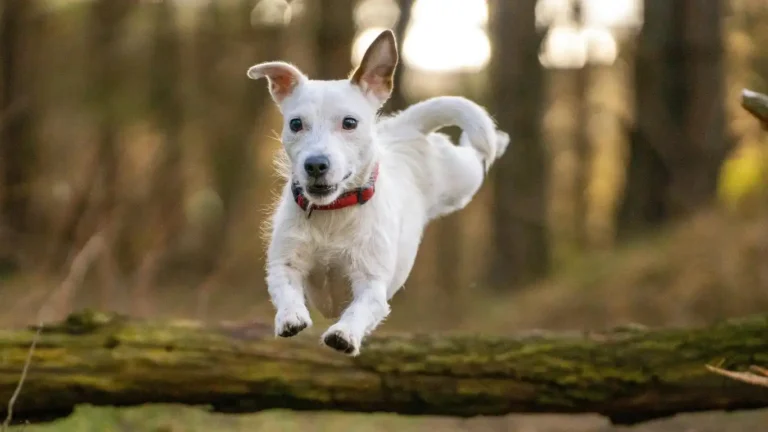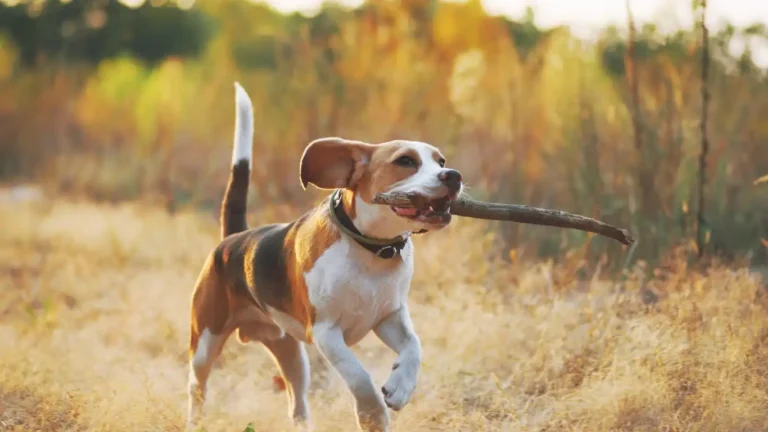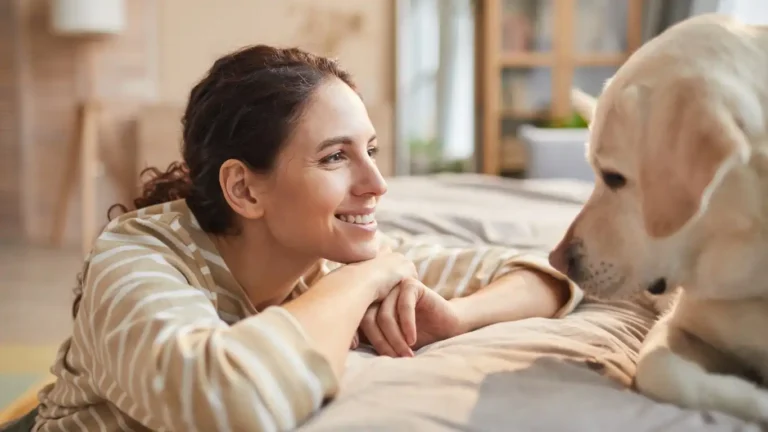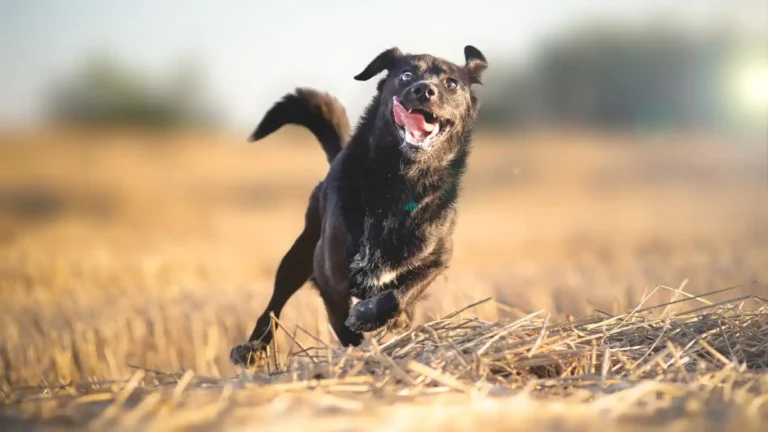Proven Ways to Keep Your Dog Calm During Grooming Stress-Free
Grooming day can be a bit of a circus if your dog is more “zoomies and zips” than “sit and stay.” As someone who’s worked closely with dogs of all temperaments in my years as a Veterinary Technician and Nutrition Specialist, I totally get it—learning how to keep your dog calm during grooming is no walk in the park. But trust me, with a little prep, patience, and some vet nurse know-how, it doesn’t have to be a stressful event—for you or your pup.
Understanding Why Dogs Get Anxious During Grooming
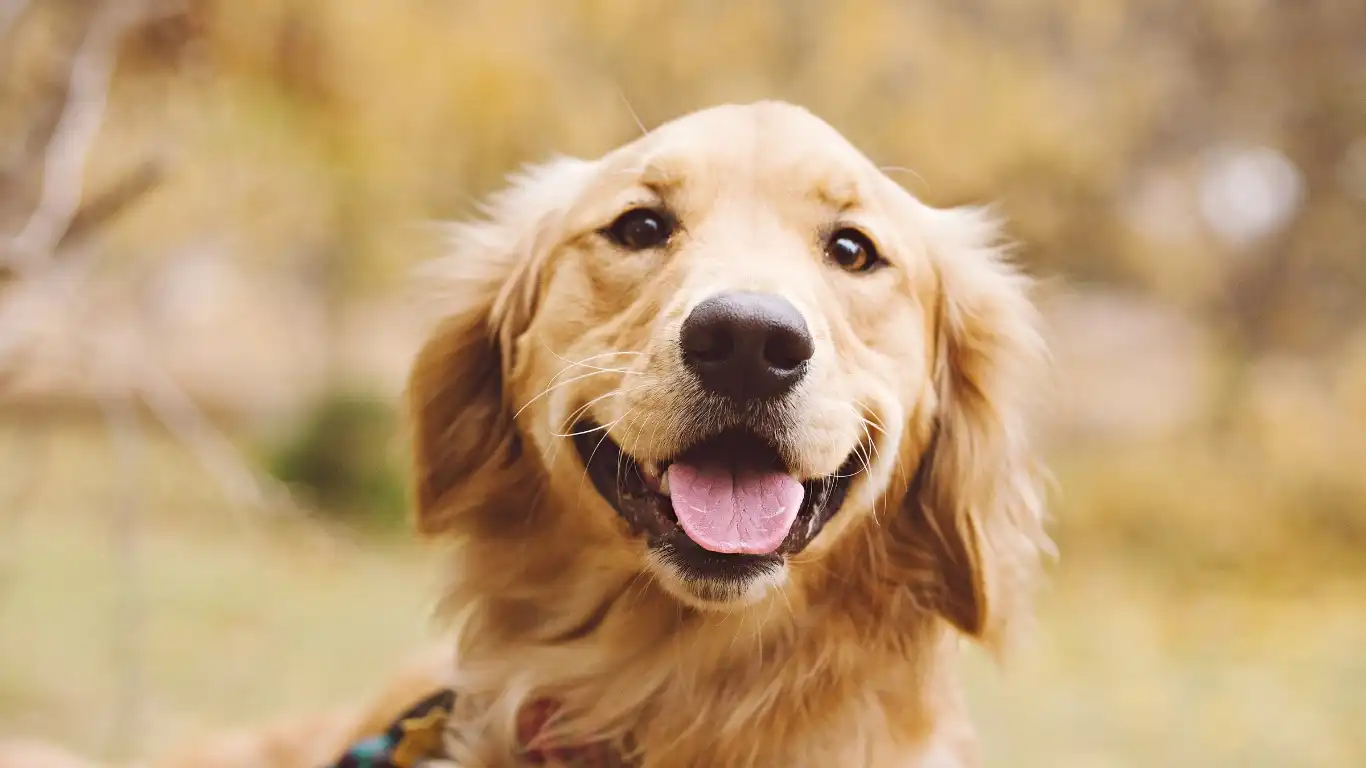
First things first—dogs aren’t being “bad” when they act up on the grooming table. They’re just reacting. New smells, strange tools, and the sensation of being handled in unusual ways can all be overwhelming. It’s sensory overload! I’ve seen even the most laid-back Labradors start shaking the moment they see a pair of clippers. Totally normal, but totally fixable too.
Common Triggers That Stress Dogs Out
- Loud grooming tools – Clippers and dryers can be scary at first.
- Being restrained – Harnesses and loops can feel confining.
- Unknown groomer or location – New faces and smells can spike anxiety.
- Pain or discomfort – Mats, tangles, or skin conditions can make grooming unpleasant.
In my clinic days, we always tried to identify the specific stressor first. Once you know what sets your dog off, you’re way better equipped to work around it.
Start the Calm at Home
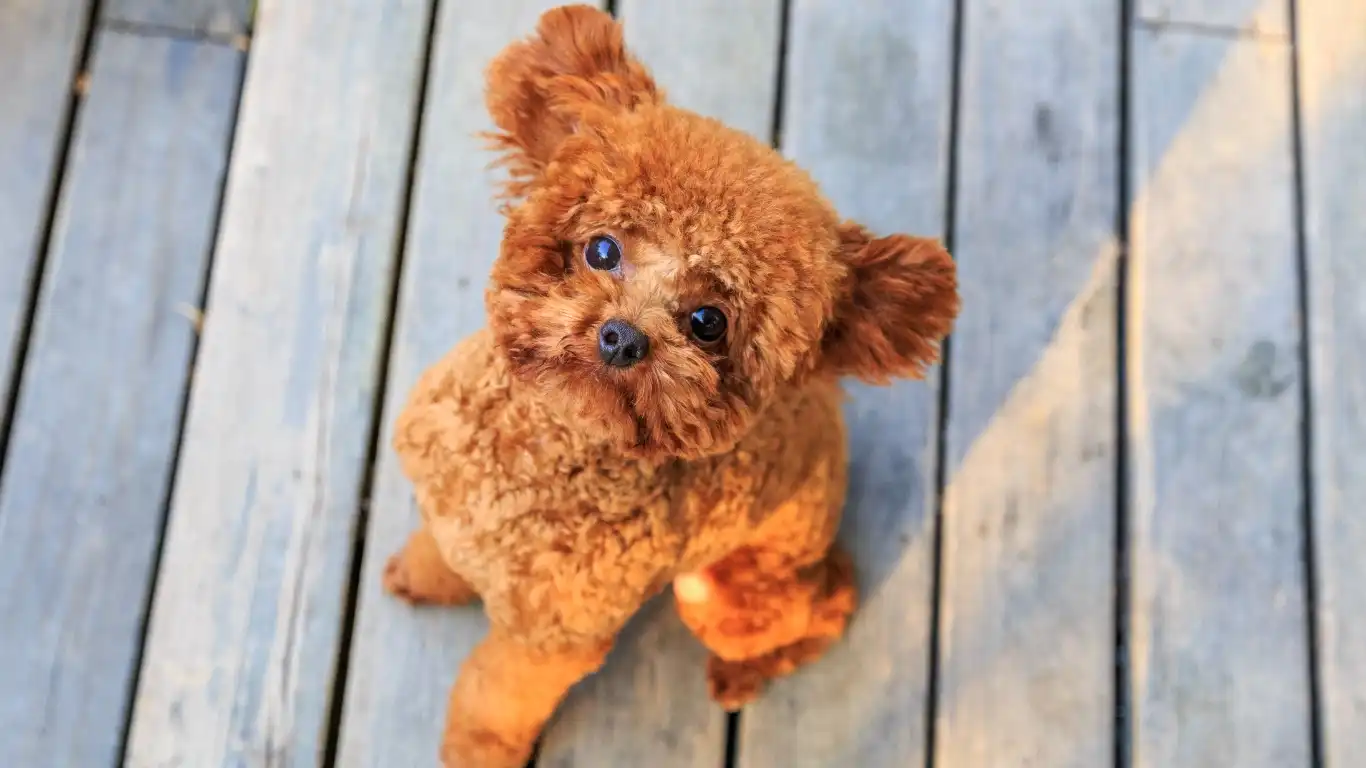
Before you even think about booking a grooming appointment, start setting the tone at home. One of the biggest game changers I discovered while working with reactive or nervous dogs was *desensitization*. It sounds fancy, but it’s just slowly introducing grooming activities in a way that feels safe and low-pressure.
Desensitize with Positive Reinforcement
- Let them sniff and inspect grooming tools without using them.
- Touch their paws, ears, and tail gently every day—treats and praise help!
- Practice mock grooming sessions—short and sweet is the key.
- Reward calm behavior consistently, even for small wins.
Pro tip: If your dog is clicker-trained, use that clicker to mark every calm moment. You’d be surprised how quickly they start associating grooming time with good vibes.
Use the Right Tools at Home
I’ve had pet parents bring in brushes that honestly looked like medieval torture devices. Not everything you find on the pet store shelf is a good match for your dog’s coat type or skin sensitivity. Choose tools that are gentle, ergonomic, and appropriate—and if you’re unsure, don’t be afraid to ask your vet tech (like me!) or a professional groomer.
Nutrition and Calm Behavior Go Paw-in-Paw
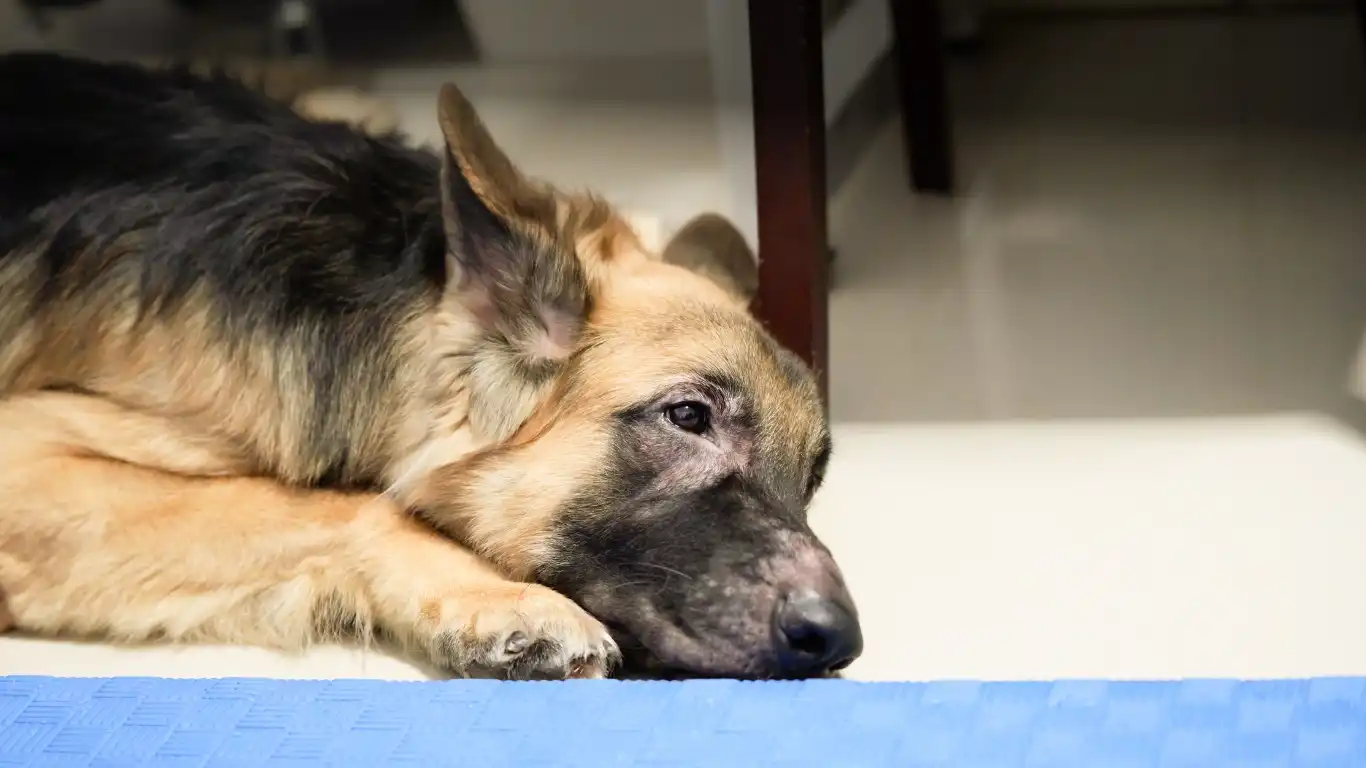
Here’s where my nutrition background really comes in. What your dog eats absolutely impacts how they feel and act. I’ve seen anxious dogs settle down dramatically once they were on diets that supported their gut and nervous systems.
Look for Calming Nutrients
- Omega-3 fatty acids – Found in fish oil, these support brain health and reduce inflammation.
- L-theanine and L-tryptophan – Amino acids that promote relaxation and can be found in calming chews or specific diets.
- Probiotics – A healthy gut often means a more balanced mood.
I always recommend talking to your vet or a nutrition specialist before adding supplements. But in my experience, even small tweaks to your dog’s diet can make a noticeable difference in their overall stress levels—especially during grooming.
Pick the Right Groomer (Yes, It Matters!)

Let me just say this upfront—not all groomers are created equal. One of the biggest differences I’ve seen between a smooth grooming experience and a chaotic one often comes down to the groomer themselves. As a vet tech who’s collaborated with a lot of grooming professionals, I’ve learned to spot the ones who really get it—and the ones who, well… don’t.
If your dog’s anxiety spikes every time they visit the groomer, it might be time to rethink where you’re going. Look for groomers who:
- Take time to let your dog adjust before starting
- Use low-stress handling techniques (think gentle and patient, not rushed)
- Offer quiet rooms or breaks if needed
- Allow meet-and-greets before the first grooming session
Pro tip from experience: Don’t be afraid to ask questions. A good groomer won’t just tolerate your concerns—they’ll welcome them. I always encourage pet parents to ask about certifications, techniques, and what they do if a dog gets overwhelmed. It shows you care, and it helps build that trust factor.
Timing and Routine Play a Huge Role
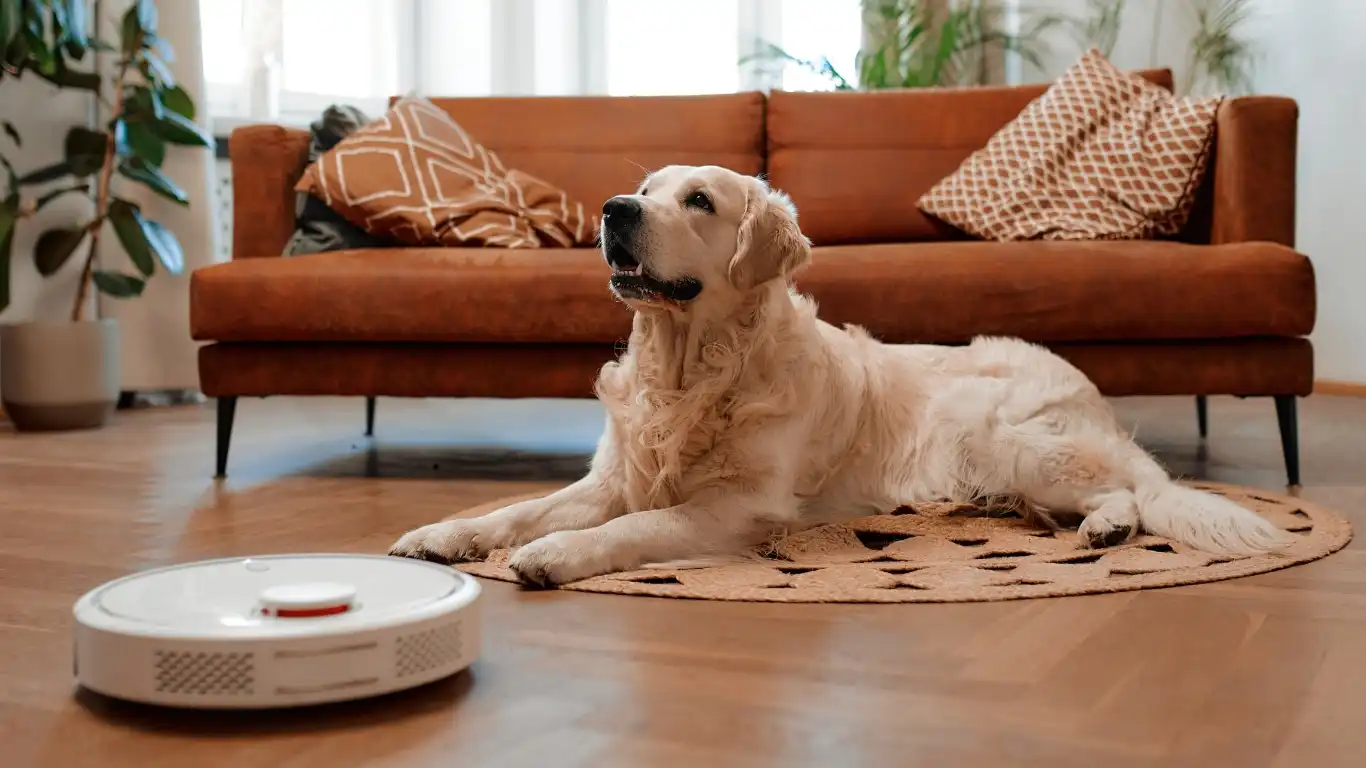
You’d be surprised how much the when of grooming matters. I’ve had dogs who were completely different animals—pun intended—when we moved their grooming appointment from mid-afternoon to early morning. Timing can make or break your dog’s ability to stay calm.
How to Set Your Dog Up for Success Before the Appointment
- Get in a walk or play session. A little exercise burns off nervous energy. Think fetch or a sniff walk.
- Don’t skip meals, but keep it light. A full belly can lead to discomfort, especially during long sessions.
- Stick to your regular routine. Dogs thrive on predictability. If you usually do breakfast, potty, then a drive, don’t switch it up.
- Avoid back-to-back stressors. Try not to schedule grooming right after a vet visit or a big event like moving or boarding.
Once, I had a sweet golden retriever named Max who used to pant, pace, and cry during grooming. We started booking him for 9 a.m. slots after a morning jog, and it was like flipping a switch. Routine + movement = relaxed pup.
Use Calming Aids the Right Way
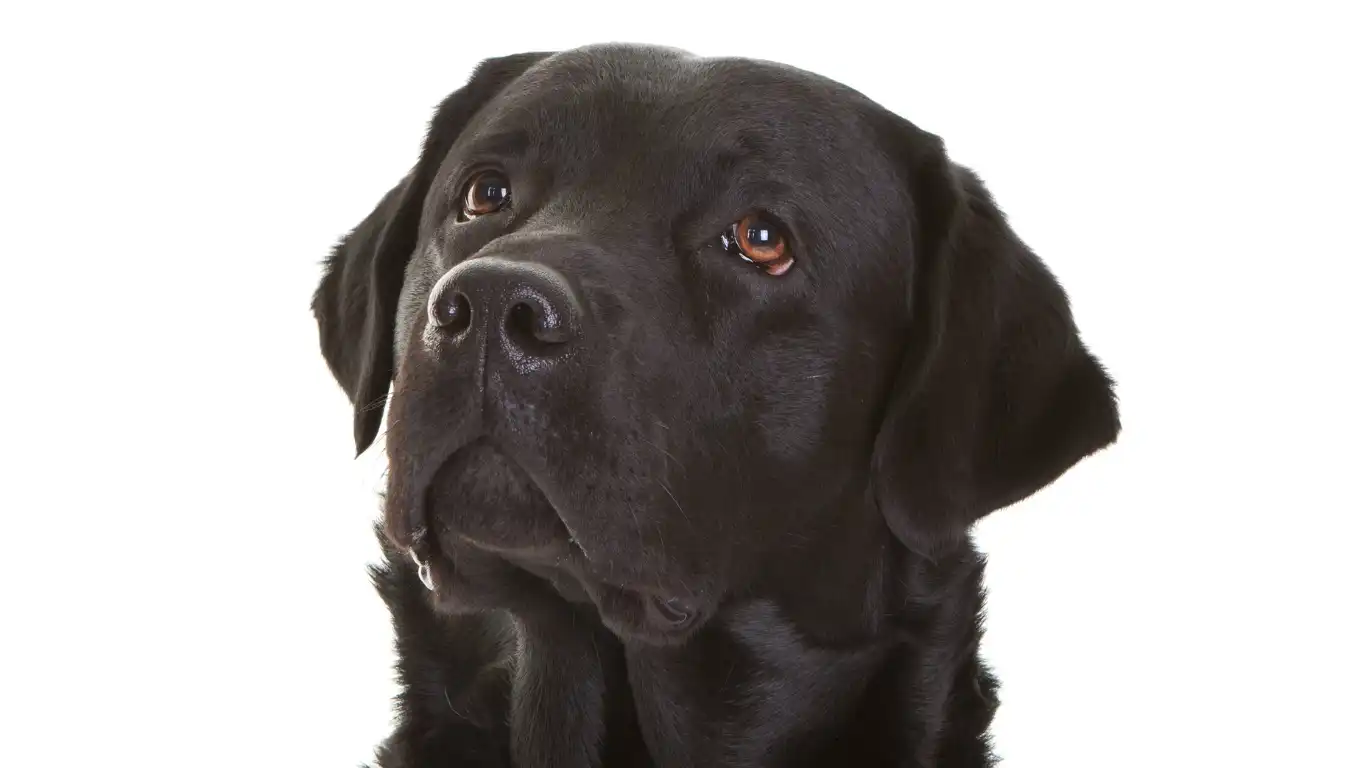
I’m all for natural calming aids—as long as they’re used properly and under guidance. Not every dog needs them, but for the extra sensitive pups, they can make a big difference. The key here is to introduce them gradually and pair them with positive experiences.
Options That May Help Calm Your Dog During Grooming
- Pheromone sprays or diffusers – These mimic calming maternal scents. I’ve used them in exam rooms with great results.
- Calming treats or chews – Look for ones with L-theanine, melatonin, or chamomile. Just make sure they’re vet-approved.
- Pressure wraps like the Thundershirt – These work by applying gentle, even pressure. Kind of like a cozy hug.
- Music designed for dogs – Seriously, this works! Play soft tunes in the car or grooming room to help set the vibe.
One of my personal favorites is a lavender-infused bandana. We used them in the clinic and the calming effect was subtle but noticeable, especially for our nervous Nellies. That said, always do a patch test first—some dogs are more sensitive to scents than others.
Build Trust Through Communication
This might sound obvious, but it’s often overlooked—your dog is watching you. If you’re tense or anxious, they’ll pick up on it. Dogs are crazy good at reading our emotions. I’ve seen it time and time again: a confident, calm owner walks in and their dog mirrors that energy. So speak softly, stay upbeat, and never underestimate the power of your presence.
Another overlooked tip? Stay in the loop with your groomer. Share what works and what doesn’t, mention any sensitivities, and follow up after appointments to see how things went. That feedback loop helps everyone do better—especially your pup.
Practice Makes Progress: Keep It Consistent
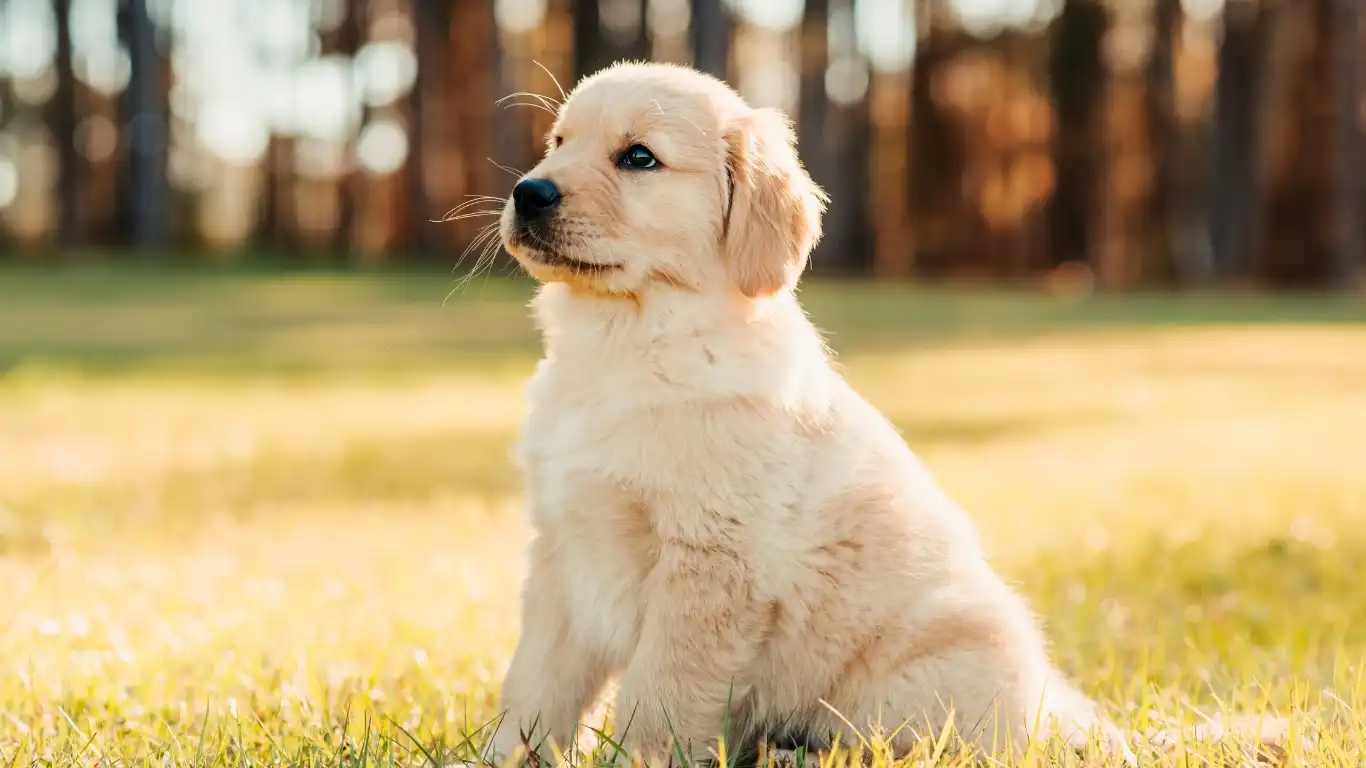
Alright, so you’ve got the tools, the timing, and maybe even a great groomer lined up. But here’s the thing I remind pet parents all the time: none of it matters if it’s not consistent. Dogs don’t learn overnight. Just like we don’t magically master a new habit without repetition, they need regular exposure and routine to feel truly chill about grooming day.
In my vet tech days, I worked with a pup named Bailey who absolutely despised nail trims. Like, level-ten tantrum every time the clippers came out. But his owner committed to weekly “paw time” at home—no clipping, just gentle touches, treats, and handling. Within a month, Bailey went from panicked to peaceful. It wasn’t magic, just consistency.
How to Keep Building Positive Associations
- Keep grooming sessions short and sweet—especially early on.
- Always follow up with something your dog loves: a walk, treat, or snuggle time.
- Don’t skip home brushing—make it a relaxing ritual, not a chore.
- Use verbal cues like “spa day” or “brush time” to build familiarity and predictability.
Bonus tip: Keep your grooming supplies in a visible place. Just like the leash can trigger happy zoomies, seeing a brush regularly (without it being used every time) reduces anxiety. It becomes just another part of the environment.
When to Get Help: Know Your Limits
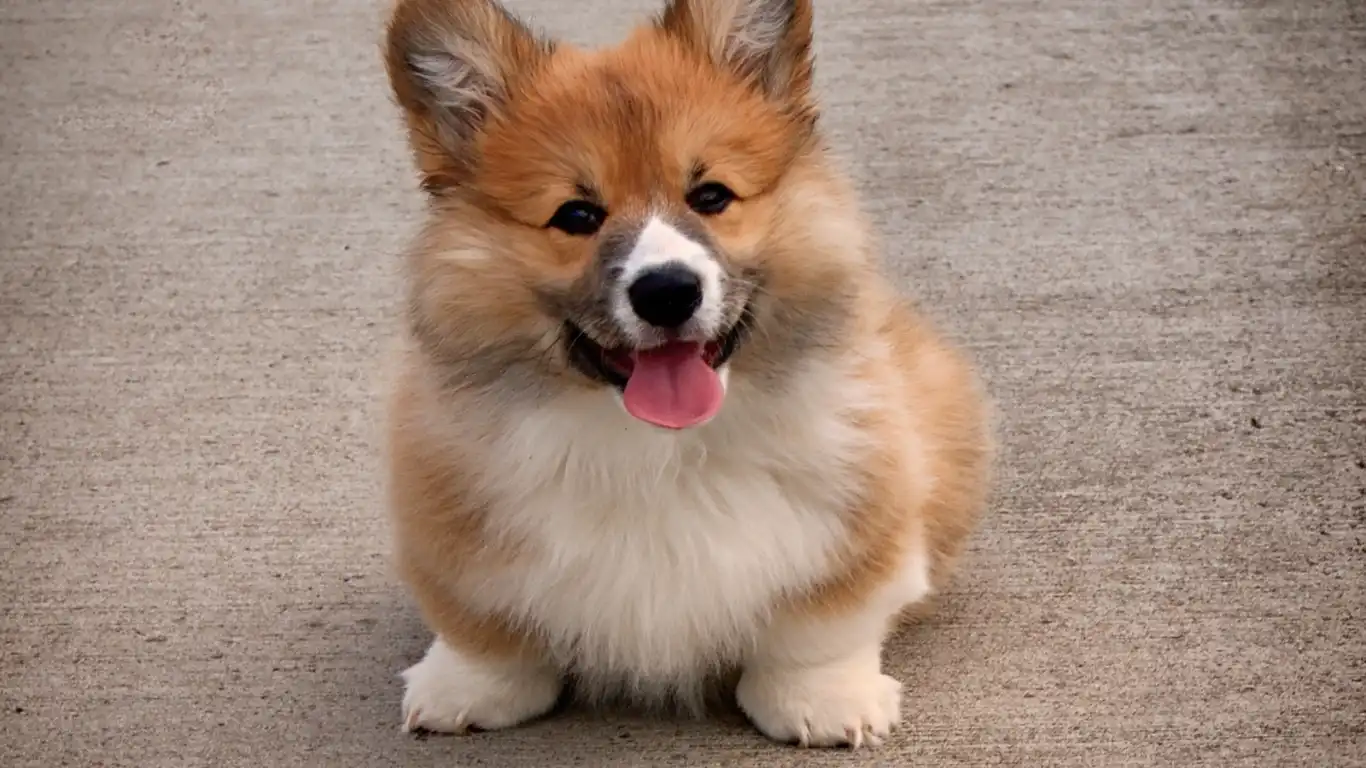
Sometimes, despite your best efforts, grooming still feels like an uphill battle. And that’s okay! Some dogs have deeper fears, past trauma, or behavioral issues that need professional intervention. In those cases, bringing in a certified dog trainer or a behaviorist who specializes in anxiety can be a game-changer.
Also, talk to your vet. There are legitimate medical reasons a dog might be sensitive to grooming—arthritis, skin allergies, or neurological issues can all play a role. As a veterinary nurse, I can’t stress this enough: don’t just assume your dog is “being difficult”. Pain and fear often hide in subtle signs.
Signs It’s Time to Seek Extra Help
- Excessive shaking, drooling, or panting before grooming
- Growling, snapping, or hiding behaviors
- Persistent resistance despite regular training
- Groomer has difficulty completing the session safely
There’s zero shame in reaching out. In fact, it shows that you’re paying attention and advocating for your dog’s well-being—which is kind of the gold standard of pet parenting, if you ask me.
Wrapping It All Up: Calm Grooming Is Totally Doable
So here’s the real talk. Learning how to keep your dog calm during grooming is a process, not a one-and-done fix. It takes a mix of patience, empathy, and a little creativity. But you’ve got this. Whether you’re brushing at home, visiting a trusted groomer, or just figuring things out along the way, every step you take helps your dog feel safer and more secure.
And if you ever find yourself doubting whether all the little things make a difference—just remember Bailey, the once-panicked pup now calmly getting his nails done with one paw raised like he’s at a doggy salon.
Give your dog grace. Give yourself grace. And keep at it. With love, routine, and a few smart tricks, calm grooming isn’t just possible—it’s absolutely within reach.
References
Disclaimer
This content is for informational purposes only and is not a substitute for professional veterinary advice, diagnosis, or treatment. Always consult with your veterinarian or a certified professional for specific guidance regarding your pet’s individual needs.
